The prow of the motorboat rose up as we picked up speed and skimmed across the water leaving the Sultan Mahmud Dam behind us. Soon there was little to suggest that this lake was man-made or that it was twice the size of Singapore. As we sped along by the shore hornbills flew between trees their outsized beaks looking a little out of place on the diminutive heads. Macaques could be heard screeching in the tree tops as the noise of our motor disturbed their resting or feasting.
We rounded the first headland and ahead of us numerous jungle clad islands appeared to be scattered like a broken string of pearls across the vast expanse of water. As we motored between the islands we approached and passed what looked like a garishly painted house chugging along sedately. People on board waved as they went about checking fishing lines or cooking a meal. This was my first sight of one of Tasik Kenyir’s many houseboats.
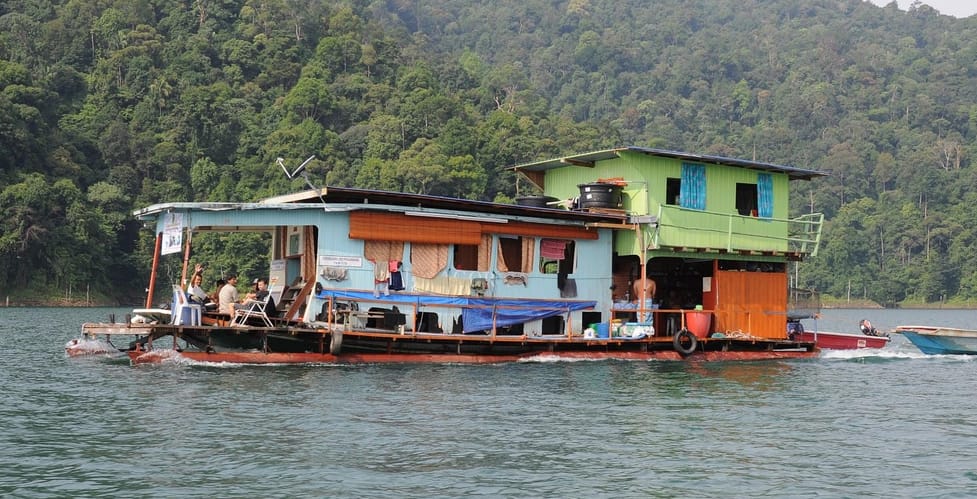
© Orlando Gabaglio – source: www.flickr.com
Tasik Kenyir, or to give it its English name Lake Kenyir, is the largest man made lake in Asia and is in the State of Trengganu. The rain forest surrounding the lake is one of the oldest in the world and is recognised as one of the most diverse jungle environments in Malaysia. Around 340 island are dotted around the lake, each one was once the top of a hill, highlands or mountain. Fourteen rivers flow into the lake and there are numerous waterfalls. Activities around the lake revolve around the twin themes of nature and adventure.
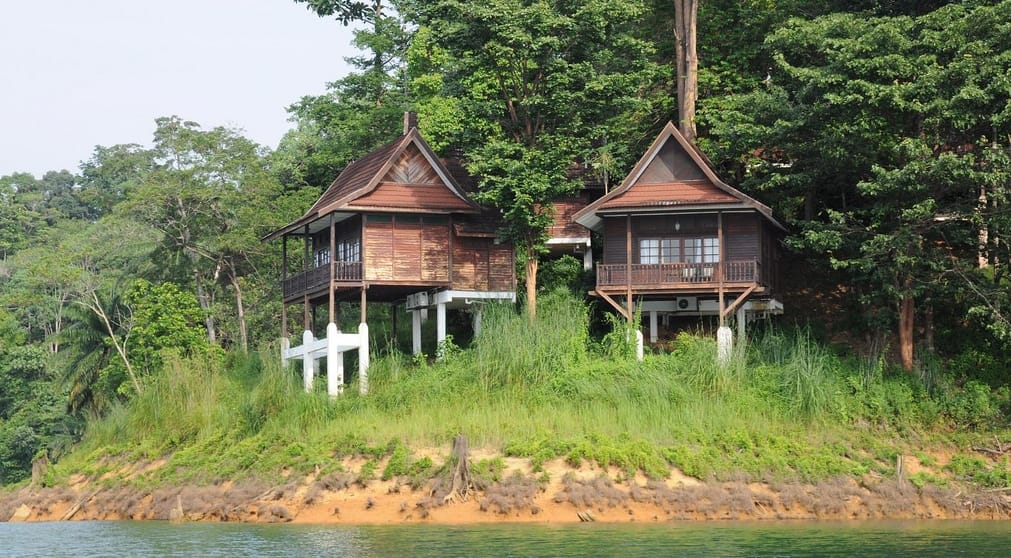
© Orlando Gabaglio – source: www.flickr.com
Getting round the lake means taking to the water. The most common mode of transport is the speedboat. Kayaking or canoeing is popular and allows more intimate exploration of the inlets, islands and rivers. There are also the houseboats. This is accommodation afloat and can be anything from a simple hut like structure on a pontoon to a two story “house”. Both are made out of traditional materials. These are very popular with the many anglers who visit the lake and those wishing to explore with out returning to “base” each evening.
Apart from the houseboats there are other accommodation options. There are a number of campsites around the lake where you can pitch your own tent. A few hotels and resorts have been built on or close to the lake shore catering for a range of budgets. At the top end is the Taman Negara Resort, popular with an international clientele. To explore the lake properly you need to stay a few days but it is possible to visit for a day trip as it is only 45 minutes from Kuala Terrenagau.
There are numerous waterfalls emptying into Tasik Kenyir. The most spectacular, and therefore the most popular, are Lasir, Tembat and Saok Waterfalls. All three are easily accessible by boat. Apart from a few walkways, lookout areas and a bridge there is very little in the way of development. The only way to arrive is by watercraft of some kind but once there you can hike, picnic or swim in the plunge pools. Other waterfalls are less accessible and involve a little more adventurous spirit.

© Azim Yusof – source: www.flickr.com
Short treks are possible and are usually combined with a visit to a sanctuary or a visit to one of the two caves. The two cave systems Bewah and Taat are popular with cavers. Taat was originally three caves but the lower of the three is now flooded. Bewah Cave is still accessible but recent archaeological finds have meant that visits are restricted.

© Orlando Gabaglio – source: www.flickr.com
The biodiversity of the jungle around the lake is internationally recognised. There are 230 species of birds including 9 species of hornbills. Macaques and gibbons can constantly be heard in the background and are often seen swinging in the trees or feeding in the forest canopy. Far more difficult to catch a glimpse of are the tapirs, Asian elephants, wildcats, cloud leopards and other carnivores that inhabit the tree clad slopes and shores.
Although angling is a popular activity on the lake there are active steps taken to conserve stocks. There is also a fish sanctuary where you can visit but not catch the kelah fish. A number of islands are set aside for sanctuaries of one kind or another and there is also an elephant sanctuary on the west side of the lake.
There are two main gateways into the park. There is one at the Sultan Mahmud Dam and the other at Pengkalan Gawi. The latter is far more developed and is the most popular entrance being easily accessible. This the place where most of the boatmen and tour operators on the lake compete for your business.

© Irwandy Mazwir – source: www.flickr.com
Tasik Kenyir is a place to come and unwind amidst the rhythms of nature.
If you enjoyed this post and would like to find out more about travelling to Malaysia, please visit the Tourism Malaysia website. This post originally appeared on Travel Wire Asia’s website www.travelwireasia.com where I write as a guest blogger.
This post was written as a result of a trip as guest of Tourism Malaysia. As always I retain full editorial control and write from my experience
You may also enjoy another article on Lake Kenyir on this site: Jungle kayaking on Lake Kenyir
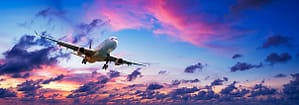
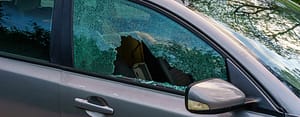
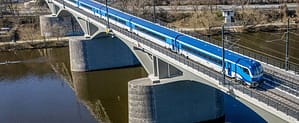
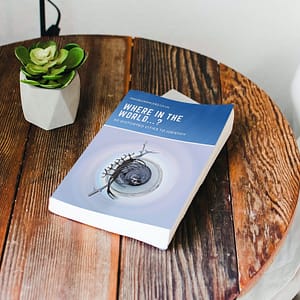
6 thoughts on “Malaysia: Close to Nature on Lake Kenyir”
What a wonderful place and that shot of a inside the cave is fascinating. When I first saw it I thought it was a close-up of tree bark until I reaad the caption and had a closer look!
Lake Kenyir is such a wonderful place with so much to explore. I spent a few days exploring some of the inlets and islands by canoe (you can read about it here) without seeing another human apart from my guide. The cave is really amazing with some wonderful rock formations and colouring. My greatest thrill though was a momentary sighting of a cloud leopard on the shore.
We haven’t yet made our way to Malaysia… But you are certainly inspiring us to do so. Getting a little off the beaten path and out in nature is what we particularly enjoy. In Hong Kong, for example, we loved hiking on Lantau Island. You may read more in our post: http://www.sandinmysuitcase.com/hiking-on-lantau-island-in-green-hong-kong/
I love this part of Malaysia because, like you it is off the beaten track. When you get there you really should visit the north-east and Lake Kenyir
Great writing as always Gordon. I love the idea of staying on one of those houseboats and plan to broaden my Malaysian experience very soon!
I look forward to reading about it on your blog.
I didn’t stay on a house boat but I did stay in a floating lodge – basically a larger anchored version of the house boats – which we used as a base for exploring the lake by kayak and, when distance were too great for a days paddle, a small motorboat.
Comments are closed.